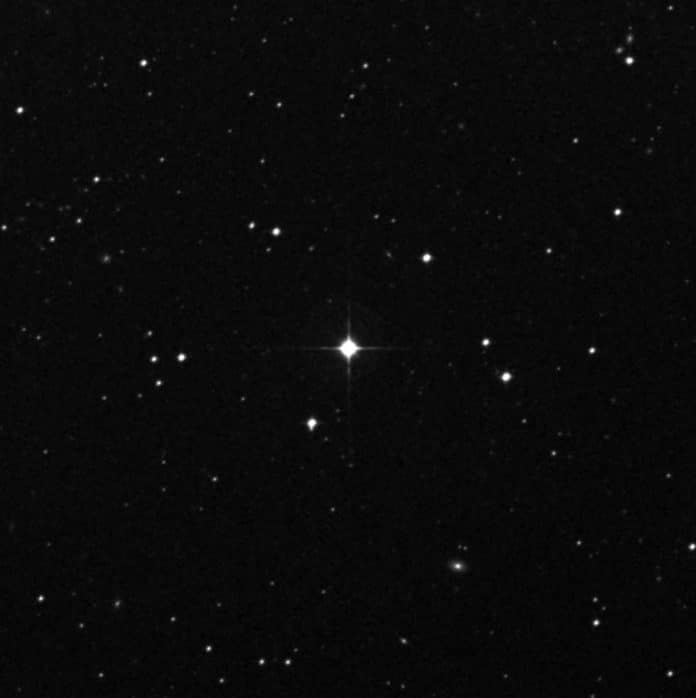Analysis of the star HD 222925 by the University of Michigan astronomer Ian Roederer revealed 65 elements. It comprises 42 heavy elements, including those detected in the rapid neutron capture process.
The rapid neutron capture process or r-process starts with the presence of lighter elements such as iron. Then instantly, within just a second, neutrons are added to the nuclei of the lighter elements- creating heavier elements.
Lots of free neutrons and a very high energy set of conditions are required to allow and add them to the nuclei of atoms. This process can take place only in limited environments. There may be only two environments: the merging of neutron stars and the explosive death of massive stars.
University of Michigan astronomer Ian Roederer said, “That’s an important step forward: recognizing where the r-process can occur. But it’s a much bigger step to say, ‘What did that event do? What was produced there? That’s where our study comes in.”
“To the best of my knowledge, that’s a record for any object beyond our solar system. What makes this star so unique is that it has a very high relative proportion of the elements listed along the bottom two-thirds of the periodic table. We even detected gold. The rapid neutron capture process made these elements. We’re trying to study: the physics in understanding how, where, and when those elements were made.”
According to scientists, the elements found in star HD 222925 were produced in either massive supernovae or a merger of neutron stars very early in the universe. The material was ejected and thrown back into space, later reformed into the star.
Roederer said, “This star can then be used to proxy what one of those events would have produced. Any model developed in the future that demonstrates how the r-process or nature produces elements on the bottom two-thirds of the periodic table must have the same signature as HD 222925.”
For this study, scientists used observations made with the NASA/ESA Hubble Space Telescope and one of the Magellan telescopes—a consortium of which U-M is a partner—at Las Campanas Observatory in Chile.
Hubble Space Telescope allowed astronomers to collect light in the ultraviolet part of the light spectrum. Another telescope collected light from HD 222925 in the optical part of the light spectrum.
These spectra encode the “chemical fingerprint” of elements within stars. Reading these spectra allows astronomers to identify the elements contained in the star and how much of an element the star contains.
Anna Frebel, a co-author of the study, said, “We now know the detailed element-by-element output of some r-process event that happened early in the universe. Any model that tries to understand what’s going on with the r-process has to be able to reproduce that.”
Journal Reference:
- Ian U. Roedered, James E. Lawler et al. The R-Process Alliance: A Nearly Complete R-Process Abundance Template Derived from Ultraviolet Spectroscopy of the R-Process-Enhanced Metal-Poor Star HD 222925∗. arXiv:2205.03426v1
